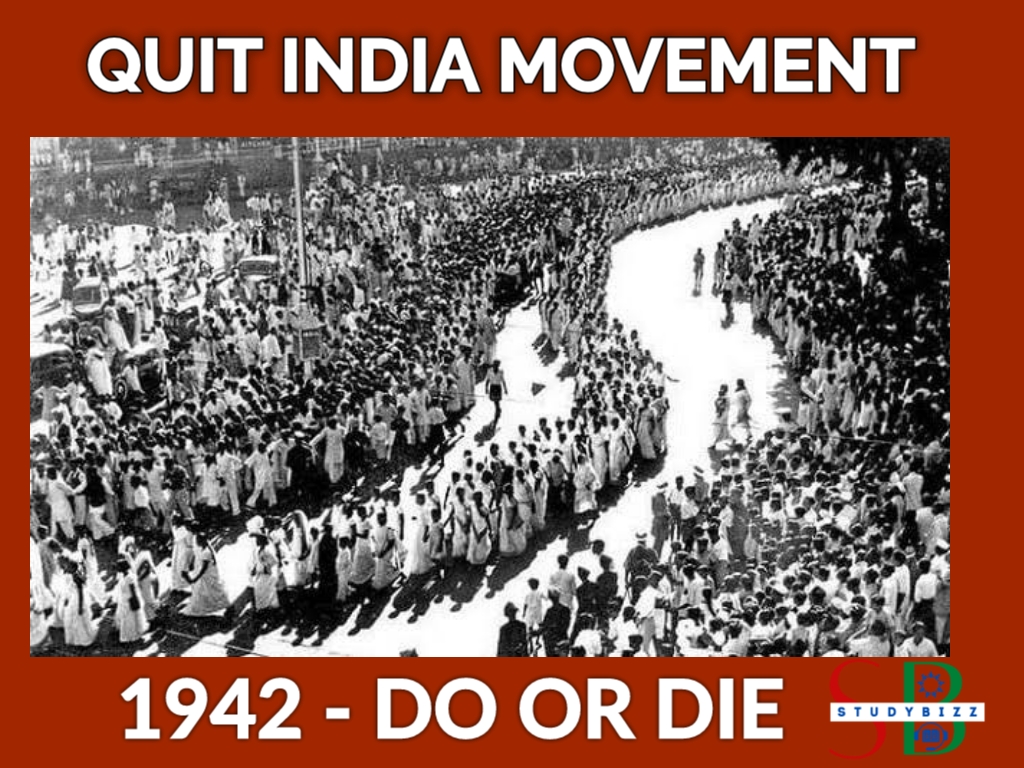Quit India Movement (1942)
The Quit India Movement was a mass protest movement launched by the Indian National Congress in 1942 in response to the British government’s failure to grant India independence and the increasing involvement of India in World War II. The movement was led by Mahatma Gandhi and was characterized by acts of civil disobedience and non-violent resistance.
The movement was sparked by a resolution passed at the Bombay session of the Indian National Congress on August 8, 1942, calling for the immediate withdrawal of British forces from India and the transfer of power to Indians. Gandhi, who was the leader of the independence movement, called for “Do or Die” mass civil disobedience to force the British to leave India.
The Quit India Movement was met with a harsh response from the British government, which declared a state of emergency and arrested the entire leadership of the Indian National Congress, including Gandhi. Despite the repression, the movement gained widespread support among the Indian people and was characterized by acts of nonviolent resistance, such as strikes, boycott of British goods, and demonstrations.
The movement had a significant impact on the British government and increased international pressure for Indian independence. It also brought about a change in the political discourse in India, with the demand for independence becoming more widespread and vocal.
However, the Quit India Movement was not successful in achieving its immediate goal of forcing the British to leave India. The movement was suppressed by the British with force and the leaders of the movement were arrested and imprisoned. The movement also faced criticism for its lack of clear goals and strategy, and for its dependence on Gandhi’s leadership.
In the aftermath of the movement, India’s independence struggle continued, but with a shift towards negotiations and constitutional methods. The British government finally transferred power to India in 1947, after several rounds of negotiations and the establishment of a new constitution.
The Quit India Movement remains a significant event in Indian history, and is remembered for its mass mobilization of the Indian people in support of independence and its expression of the demand for immediate freedom from British rule. The movement’s legacy continues to inspire future generations of Indians and serves as a reminder of the power of nonviolent resistance in the face of oppression.
In conclusion, the Quit India Movement was a significant moment in the Indian independence struggle, characterized by mass civil disobedience and non-violent resistance. While the movement was not successful in achieving its immediate goals, it had a lasting impact on Indian politics and the demand for independence, and continues to be remembered as a testament to the courage and determination of the Indian people in their quest for freedom.





Leave a Reply